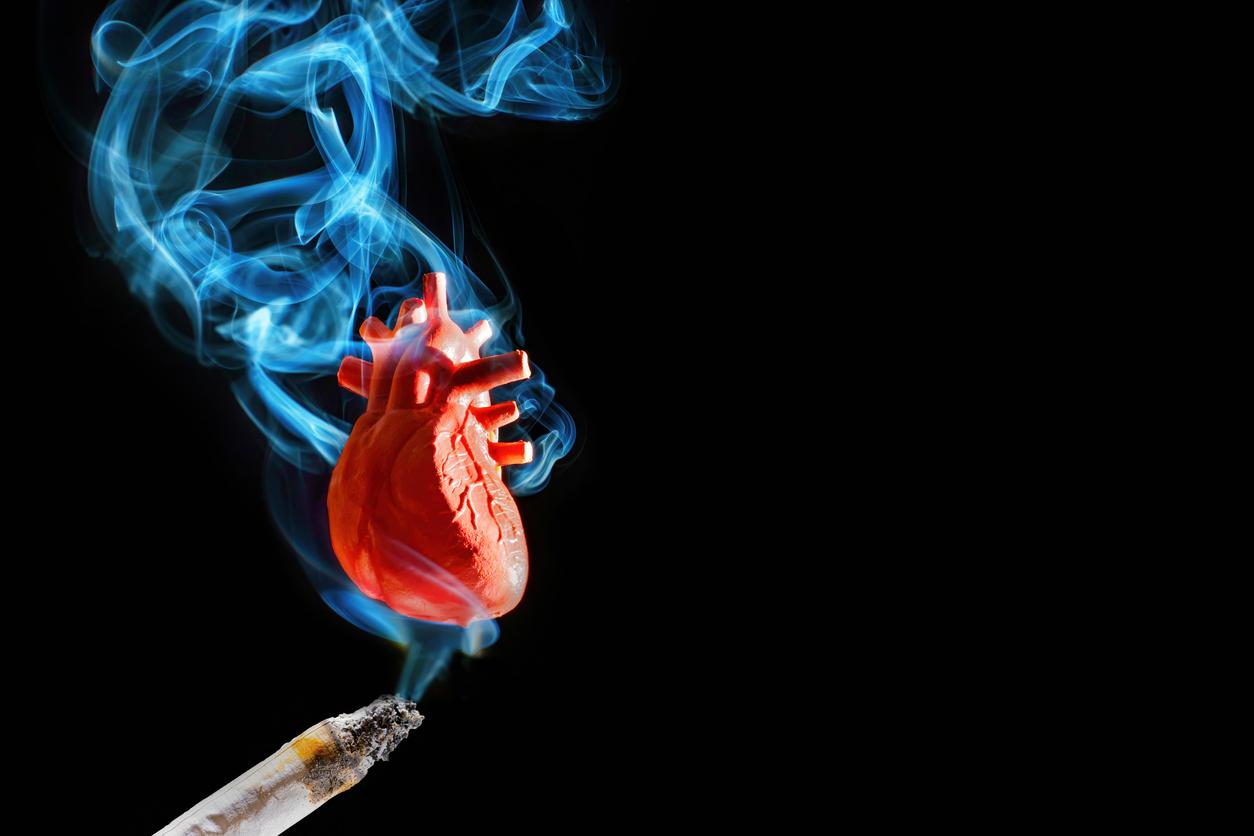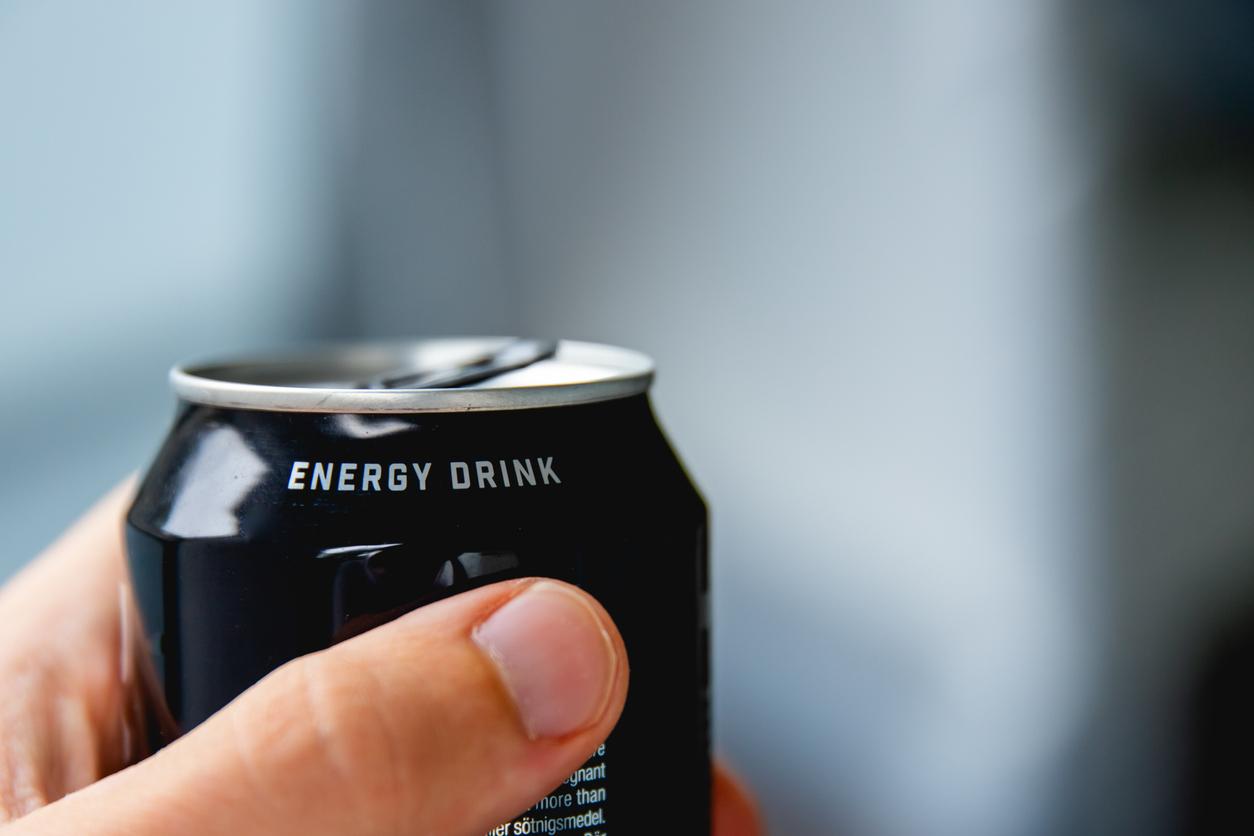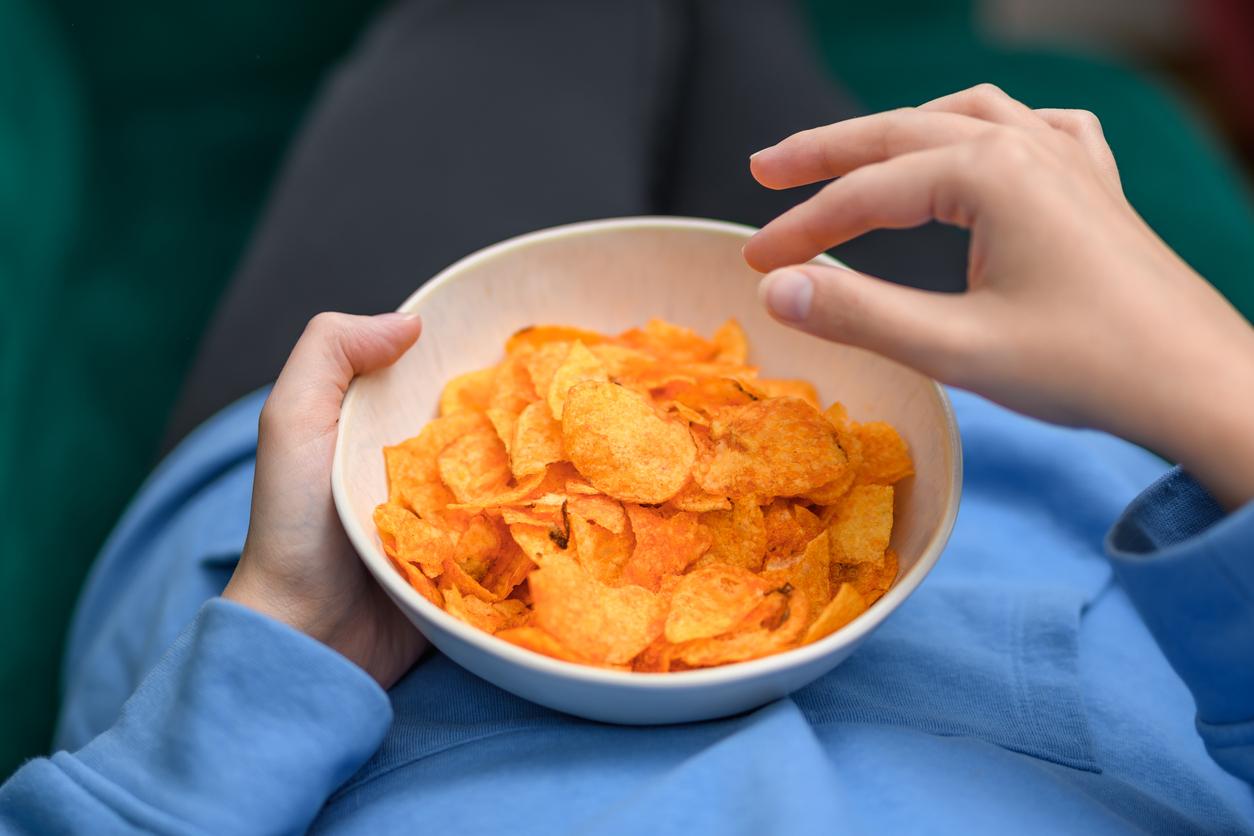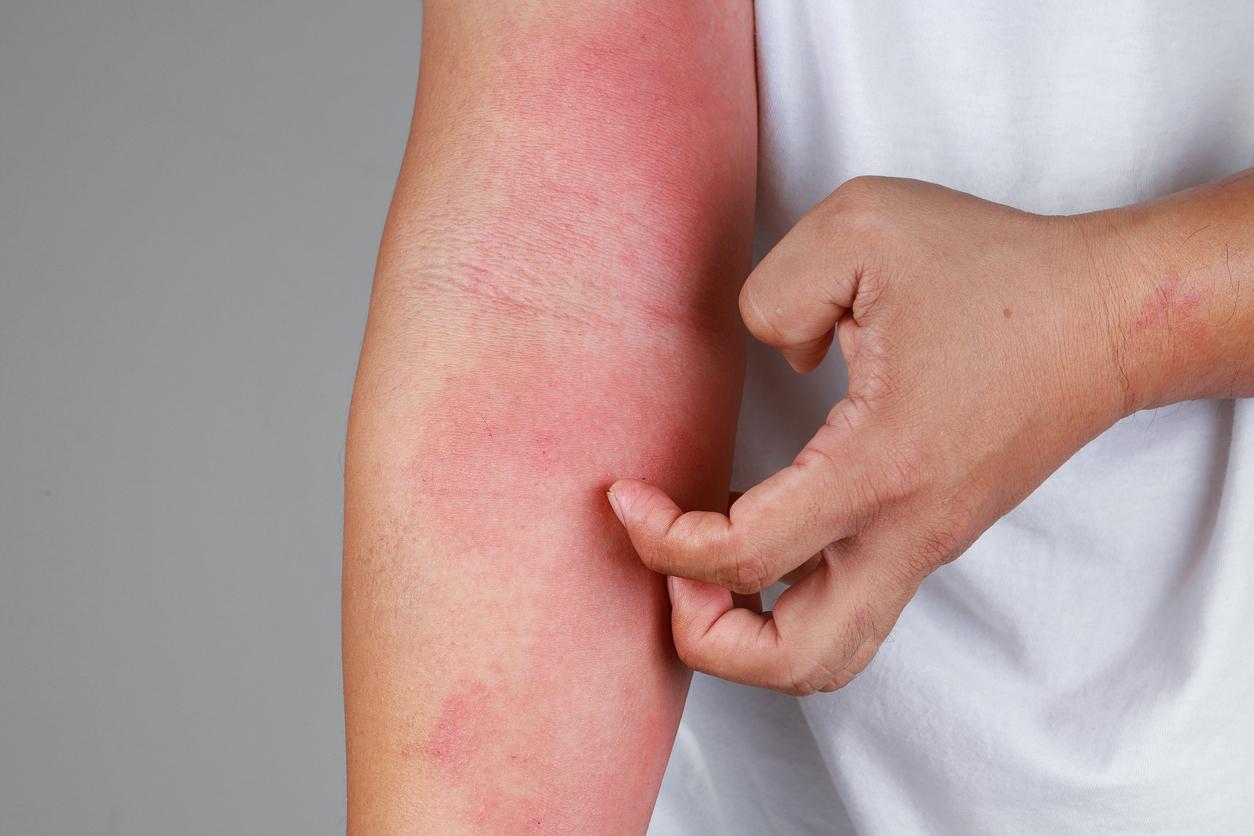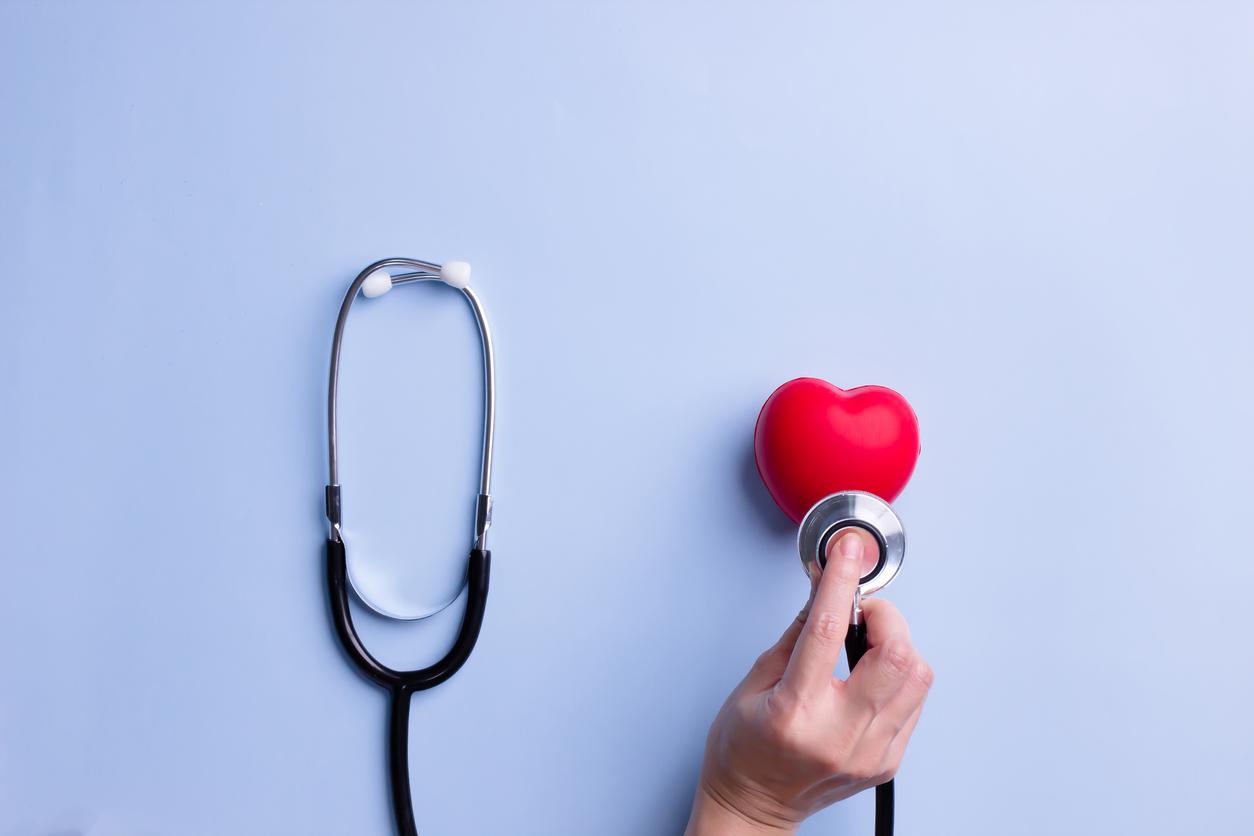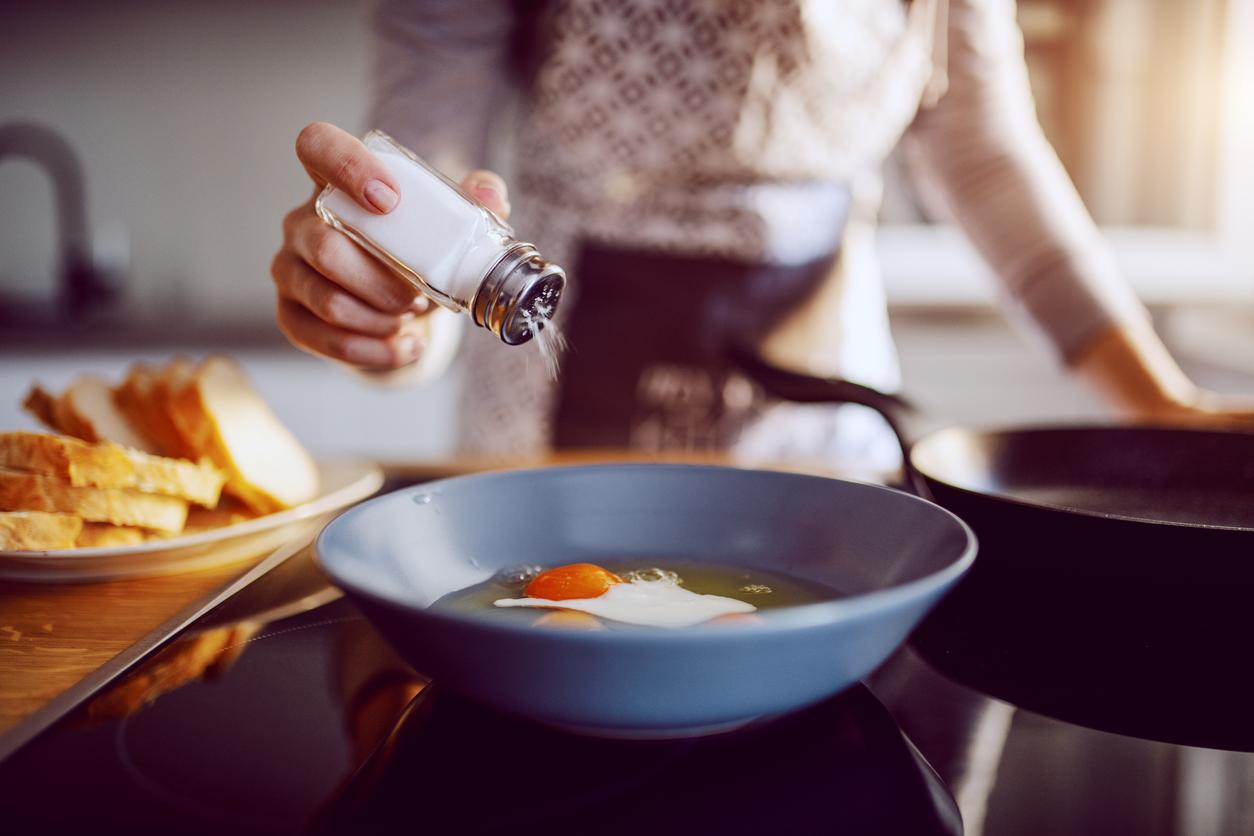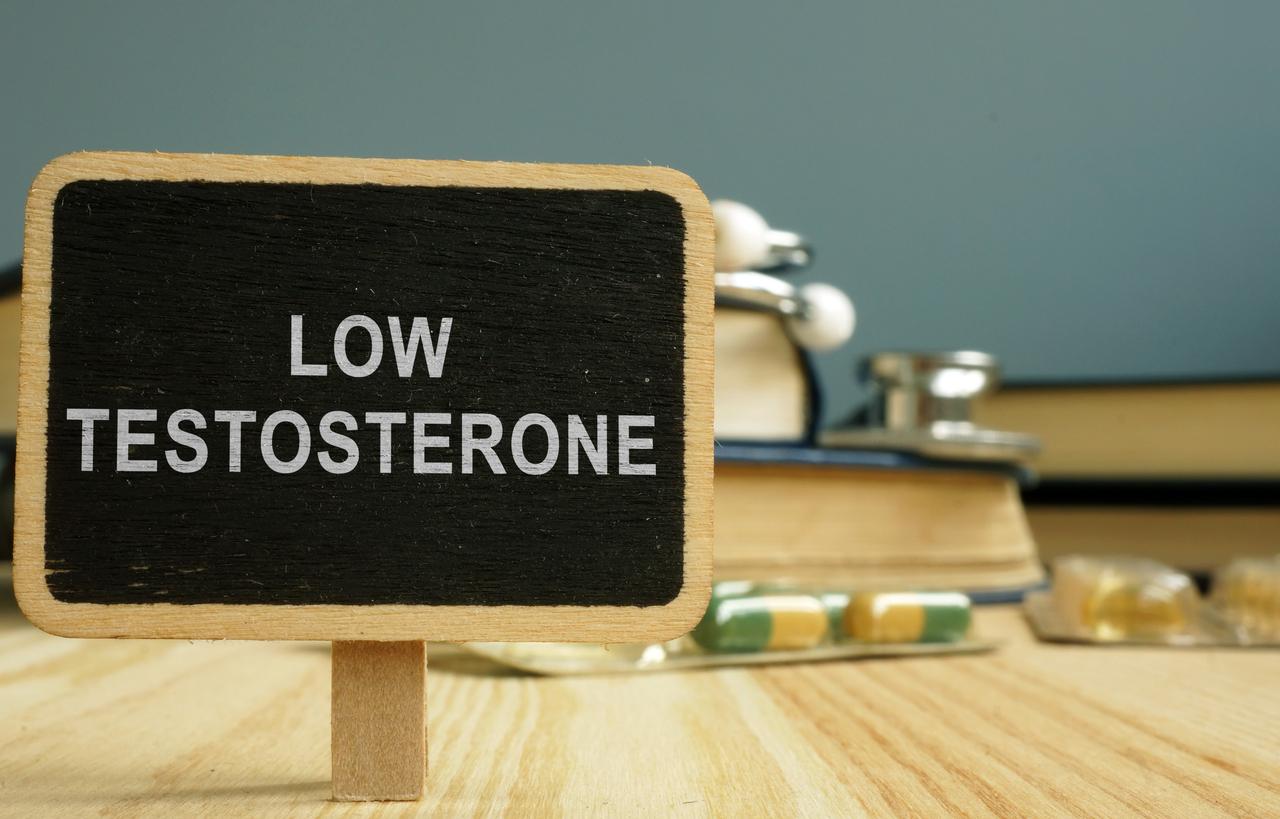Salt, consumed in excess in the diet, increases cardiovascular risks. However, there are simple actions to limit your daily sodium intake.
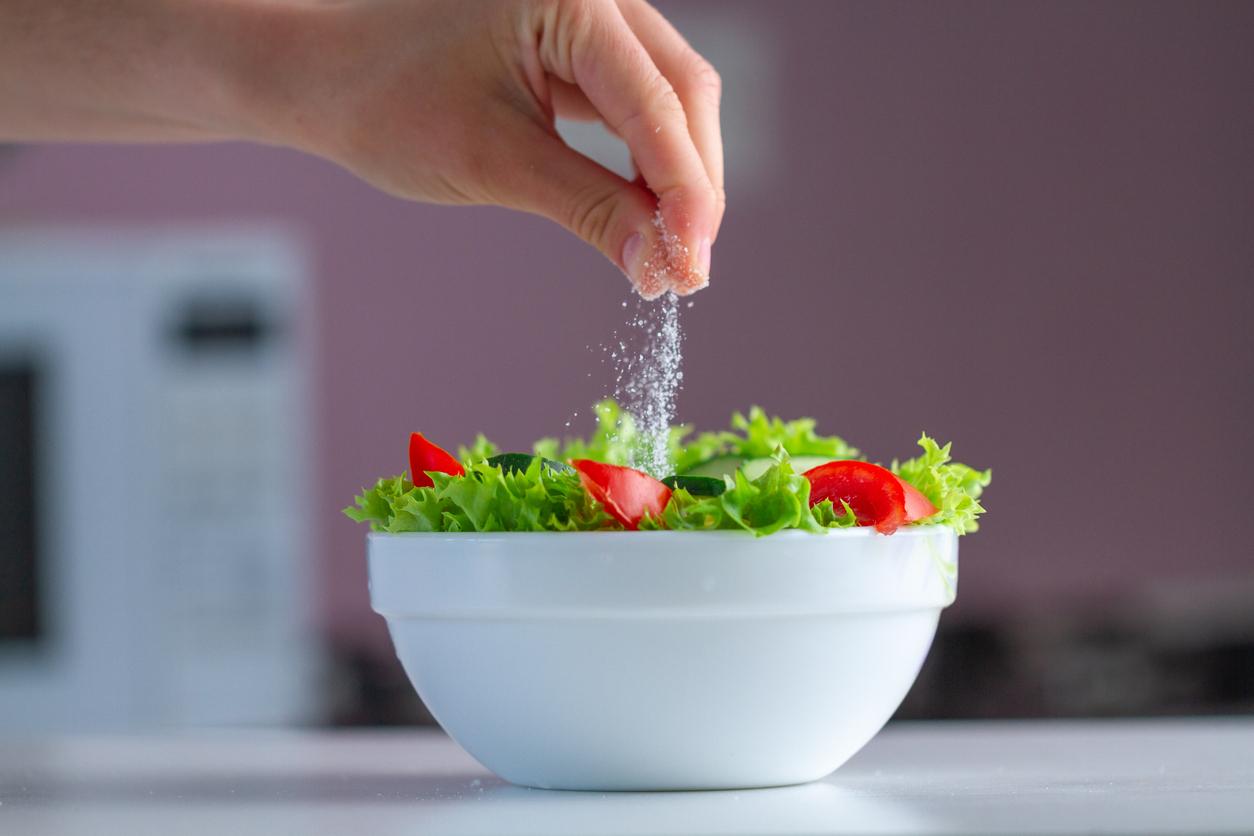
- Overconsumption of salt, or rather sodium, is a key factor in hypertension and heart disease. The recommended limit of sodium for adults and adolescents over 14 years old is 2,300 mg per day, the equivalent of approximately 5 g of salt.
- However, the average consumption in the United States reaches 3,400 mg. Same observation on an international scale: we consume between 9 and 12 grams of salt per day, or twice more than the maximum recommended dose.
- Health authorities advise limiting foods high in sodium, comparing product labels, and using alternatives like salt-free spices to enhance the taste of dishes.
Salt, present in a large part of our foods, is often singled out for its harmful effects on health. The ingredient in question? Sodium, a mineral essential for the proper functioning of the body but which, consumed in excess, increases cardiovascular risks. Faced with this silent threat, how can we reduce our salt consumption? Here are some answers from the Food and Drug Administration (FDA), the American health watchdog, in a study spotted by journalist Robin Foster of HealthDay News.
A daily sodium intake well above recommendations
The recommended limit of sodium for adults and adolescents over 14 years old is 2,300 mg per day, the equivalent of approximately 5 grams of salt. However, average consumption in the United States reaches 3,400 mg – or 50% more than the recommended threshold – and almost 90% of the population exceeds the recommended intake. Same observation on an international scale: we consume between 9 and 12 grams of salt per day, twice as much as the maximum recommended dose, according to the World Health Organization.
This overconsumption affects both adults and children. “Poor eating habits acquired during childhood, such as high sodium consumption, tend to persist into adulthood”further aggravating health risks, according to a press release. The consequences are serious: excess sodium is one of the main causes of high blood pressure, a major risk factor for heart disease and stroke, but also obesity, gastric cancer and even kidney disease. Today, an estimated 1.89 million deaths each year are associated with excessive sodium consumption.

Simple actions to consume less sodium
If the FDA’s efforts aim to make our foods less salty, it is also possible to take daily action to reduce our sodium consumption. Here are some practical tips:
Reduce foods high in sodium : Sandwiches, pizzas, burritos, tacos and other ultra-processed products are often very salty. Whether you eat at home or in a restaurant, choose alternatives that are lower in sodium, starting with fresh, minimally processed foods.
Compare products : Sodium content varies greatly between foods. For example, bread can contain between 200 mg and more than 700 mg of sodium per 100 g. Before buying, check nutrition labels to choose less salty products.
Control daily intake (DV): To get your bearings, know that a serving containing 5% of the recommended daily sodium intake is considered low, while a serving with 20% or more is considered high.
Use alternatives to salt : In cooking, try salt-free spice blends, as well as aromatic herbs to enhance the taste of your dishes without increasing your sodium intake.
By adopting these simple reflexes, you can reduce the risks associated with excessive sodium consumption and thus take care of your heart and your long-term health.









